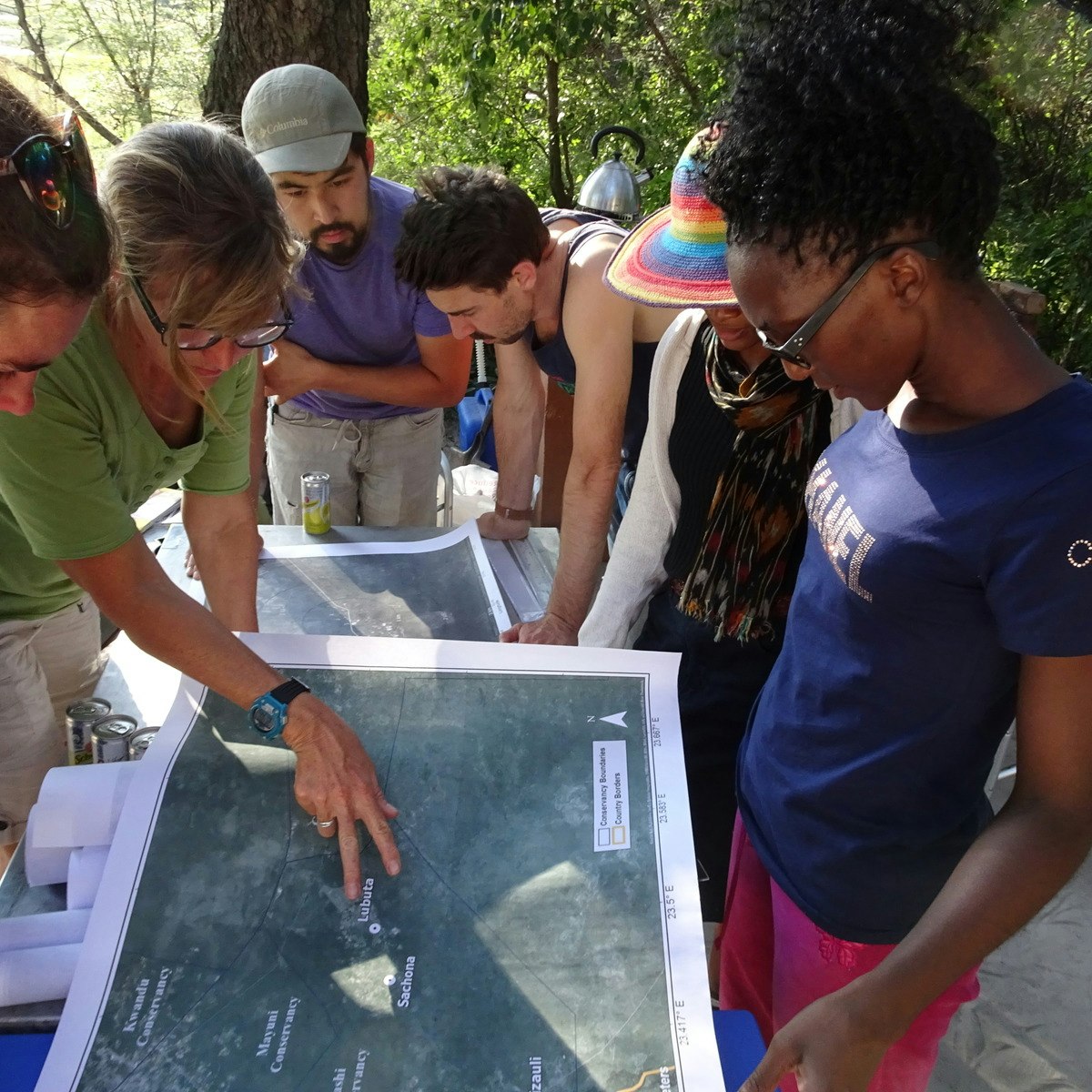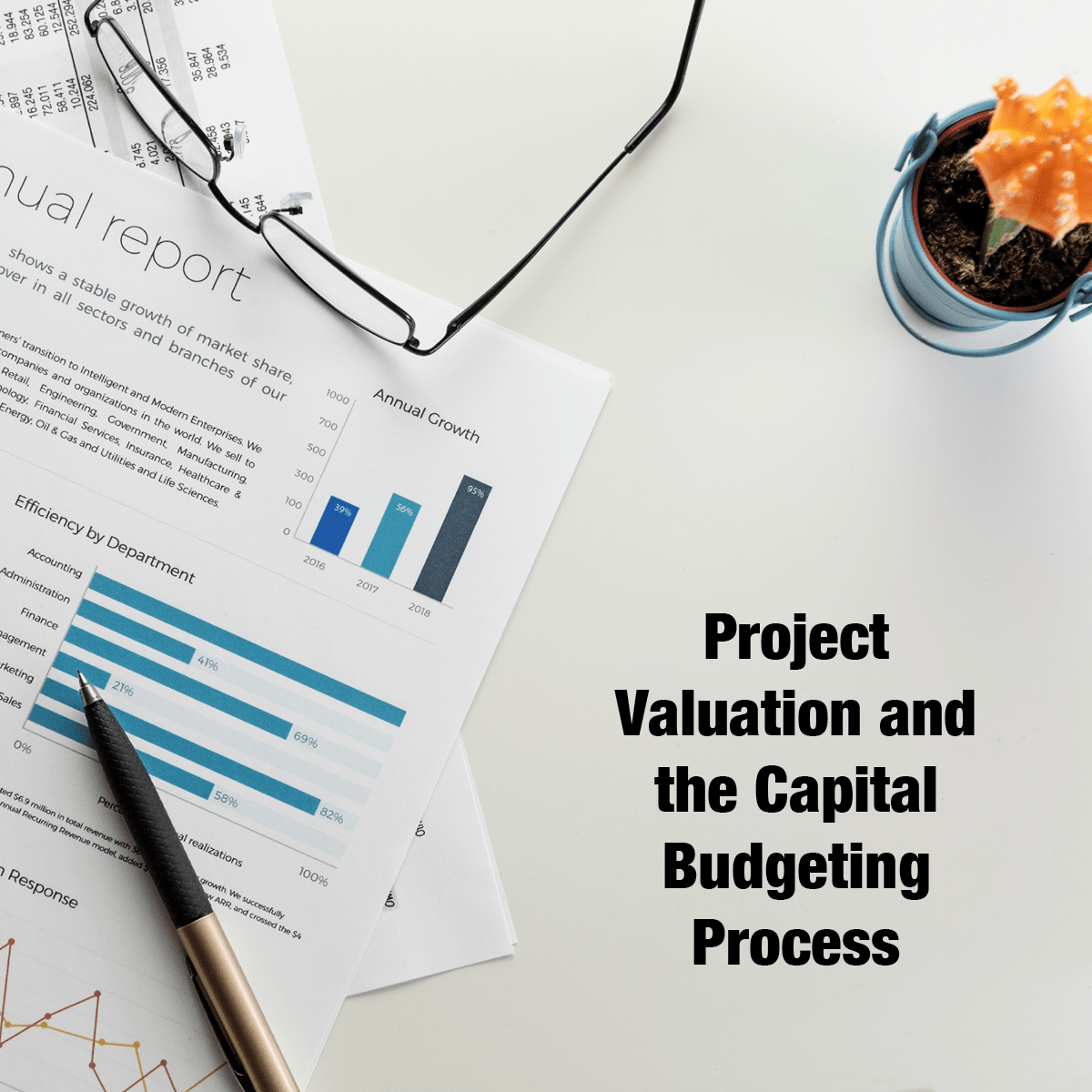Back to Courses









Leadership And Management Courses - Page 3
Showing results 21-30 of 600

Work with Components in Figma
Components are popular in engineering and used for building user interfaces and games. Components are elements that you can use in designs when working with Figma. They help to make your projects have consistency. Adding the concept of components to a design tool makes the composition of complex designs more consistent and efficient. The great part of components in Figma is that Figma wants to make components easy to learn and use while still being powerful enough for advanced users. Learning about components will help you to build things faster and more consistently. By the end of this project you will be able to manipulate components in your projects easier.
Project Execution and Control
The focus of this course is on the process of managing projects. After planning is done, we need to know how to successfully execute the plan and deliver within the allocated timeframe and cost. This course will focus on how execution and progress evaluation is performed in a waterfall approach, as well as the agile approach to project management. The goal is to learn the tools and techniques offered by both of these approaches and empower the project managers to utilize what works for a given project.

Sales Operations: Final Project
In the final project for the Sales Operations/Management Specialization, learners will be asked to apply the knowledge they have obtained by performing a critical analysis of a real-world business. Learners are to select a business that has a sales function/operation. The learners are to identify the manager responsible for the sales function (typically called a Sales Manager) and interview this person on the sales management practices at this firm.

Project Management: How to Create a Gantt Chart in Wrike
By the end of this project, you will create an interactive Gantt chart to plan a Birthday party event using Wrike. You will also be able to follow the general interface of Wrike to create your own spaces, folders, projects, and tasks. You will develop organizational skills that aid you in managing several tasks and projects simultaneously. The target for this guided project is to complete a Gantt chart to plan for a project. Gantt charting allows you to follow up on your tasks and gives you an idea of the duration of each task compared to one another.
This guided project is for beginners who want to organize and manage several projects including project managers, team leaders, and entrepreneurs. It’s also a great tool to use to organize your day to day activities in general. It will benefit your career development by aiding you to follow up with all of your projects and tasks in one place. It will also help you organize and align your team members and/ or employees.
Wrike is an online software that enables you to add all of your important projects and events in your personal and professional lives. It gives you several methods of preparing and viewing the information you add to it including assigning tasks to team members and adding deadlines.

Strategies for Effective Engagement
Being a successful professional requires creative, innovative, and entrepreneurial thinking, and to continually have a problem-solving mindset. As a systems thinker, you are expected to engage complex problems from multiple perspectives and different angles, viewing them holistically. This course exposes the student to a variety of tools used to engage stakeholders, collect data, and more deeply understand the community. This course will have three modules. Techniques for Data Collection will reinforce the importance of built trust and rapport with your client and stakeholders, which in turn creates buy in. Students will then learn how to enter a community, conduct rapid assessments to provide a snapshot of the community or organization, and maintain ethical conduct throughout. System Mapping & Analysis will focus on mapping systems and stakeholders, two different techniques that are useful to visualize systems and identify and evaluate a network of stakeholders. Finally, in Conducting Interviews & Surveys, students will learn different techniques to collect information. From focus group interview to one-on-one interviews, to surveys, systems thinkers need a mix of approaches in their toolbox to identify assess needs and assets, engage stakeholders, and collect information throughout all phases of project implementation.

Create Customizable Proposals in Qwilr
By the end of this project, you will be able to create customizable sales and marketing documents. We will use a hands on approach to develop proposals.
Note: This course works best for learners who are based in the North America region. We’re currently working on providing the same experience in other regions.

Attracting and Sourcing Diverse Candidates
It is during the shortlisting and interviewing processes, which are typically undertaken by a single panel, that candidates most often report being unfairly assessed during recruitment efforts. In this situation, it is often revealed that personal characteristics, such as age, gender, or race, rather than relevant characteristics, such as skills and experience, fed into a particular decision about who to hire.
In this module, you will learn how unconscious bias can affect the shortlisting and interview processes. You will become familiar with various practical strategies and techniques to forward a fair and merit-based assessment of all candidates.
This course represents 'Part 2' of the two-part Diversity and Inclusion Recruitment Strategy series offered by the University of Western Australia. It is also one of four that comprise the Recruiting for Diversity and Inclusion Specialization.
Complete all four courses to gain an in-depth understanding of this fascinating and important topic.

Remote Employee Onboarding with Eduflow
In this project, you will create an employee onboarding course with Eduflow. In today’s world, more people than ever are working remotely. It is extremely important to be able to provide a smooth and effective onboarding process for new hires, even if you are unable to do so in person. Onboarding programs are an essential part of establishing and maintaining a company brand. Not only should they introduce the new employee to the company and team, onboarding programs should also train each employee on their job expectations and company policies and procedures.
In this project, we will streamline the onboarding process to ensure each employee receives the same message and general training. At the same time, we are going to customize the onboarding process so that it also hones in on the individual training needs of each new hire’s position. Eduflow is a free, easy-to-use course builder that will allow us to both streamline and personalize the onboarding experience for each and every new hire.
Note: This course works best for learners who are based in the North America region. We’re currently working on providing the same experience in other regions.

Hiring and Onboarding Employees with ClickUp
In this project we will create an employee hiring and onboarding process using ClickUp. ClickUp is a free, cloud based program that helps to improve both your productivity and your budget. ClickUp helps both individuals and groups improve their work performance and productivity by consolidating tasks, documents, goals, and communication into one, all inclusive platform. In this project, we will learn how to create and organize a ClickUp workspace to best meet our hiring and onboarding needs. We will also learn how to create templates to simplify and streamline work and how to better track and manage time spent on tasks. So, whether you’re assigning tasks, scheduling training, or working applicants through the applicant tracking system, ClickUp can help you manage it all!

Project Valuation and the Capital Budgeting Process
This course describes the economic viability of an engineering project through the application of net present value, internal rate of return, and payback period analysis. The impacts of depreciation, taxes, inflation, and foreign exchange are addressed. The capital budgeting process is discussed, showing how companies make decisions to optimize their investment portfolio. Risk is mitigated through the application of quantitative techniques such as scenario analysis, sensitivity analysis, and real options analysis.
This course can be taken for academic credit as part of CU Boulder’s Master of Engineering in Engineering Management (ME-EM) degree offered on the Coursera platform. The ME-EM is designed to help engineers, scientists, and technical professionals move into leadership and management roles in the engineering and technical sectors. With performance-based admissions and no application process, the ME-EM is ideal for individuals with a broad range of undergraduate education and/or professional experience. Learn more about the ME-EM program at https://www.coursera.org/degrees/me-engineering-management-boulder.
Popular Internships and Jobs by Categories
Find Jobs & Internships
Browse
© 2024 BoostGrad | All rights reserved